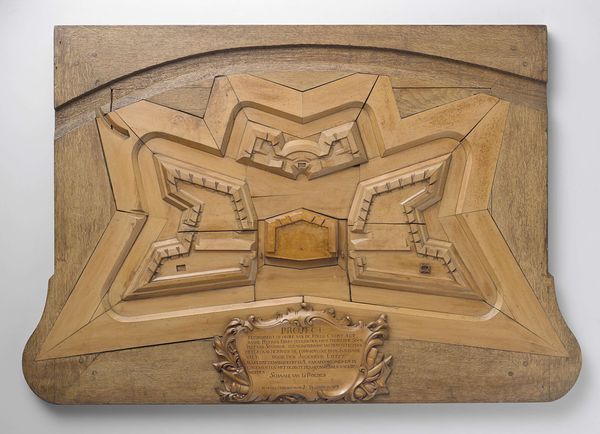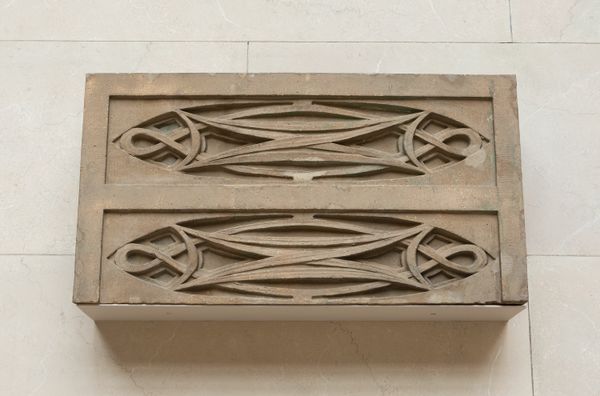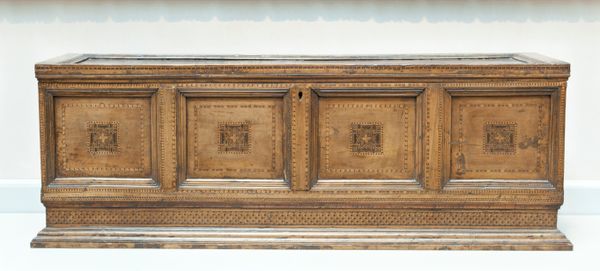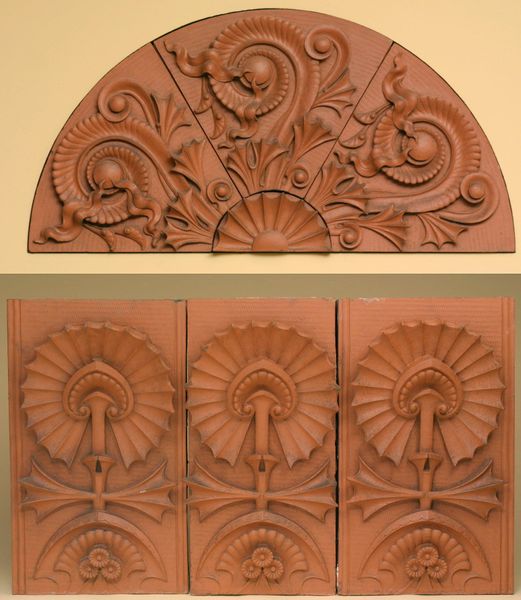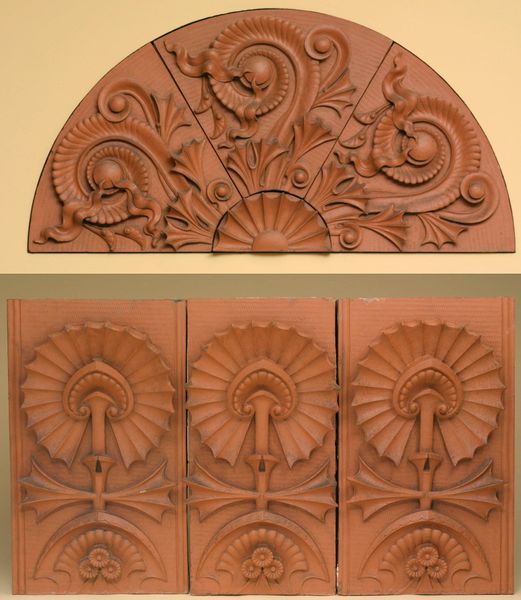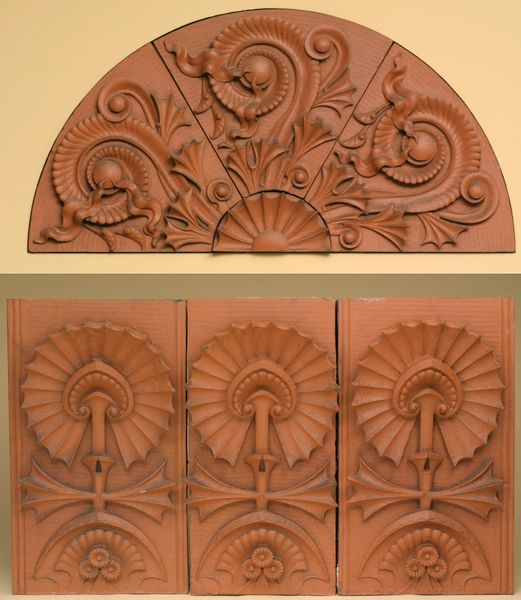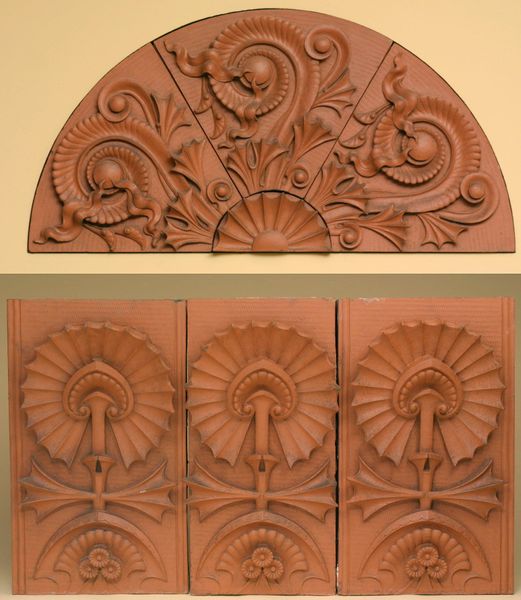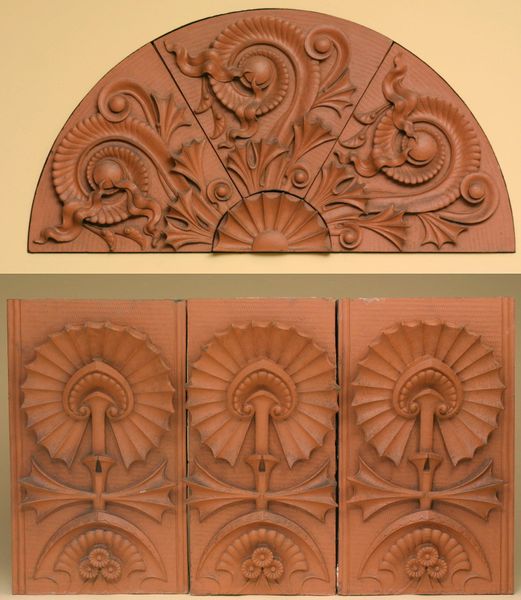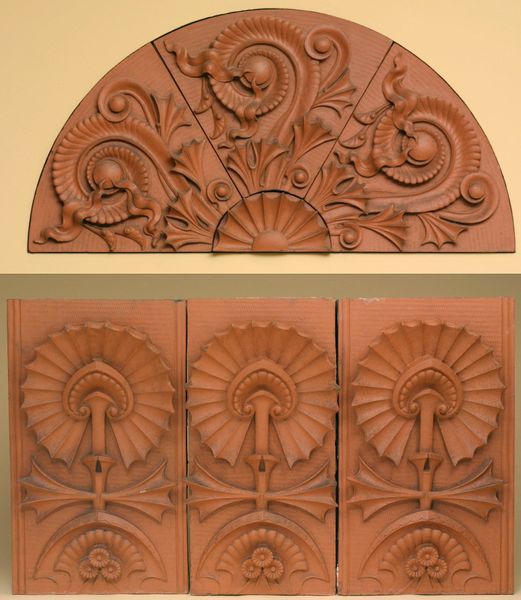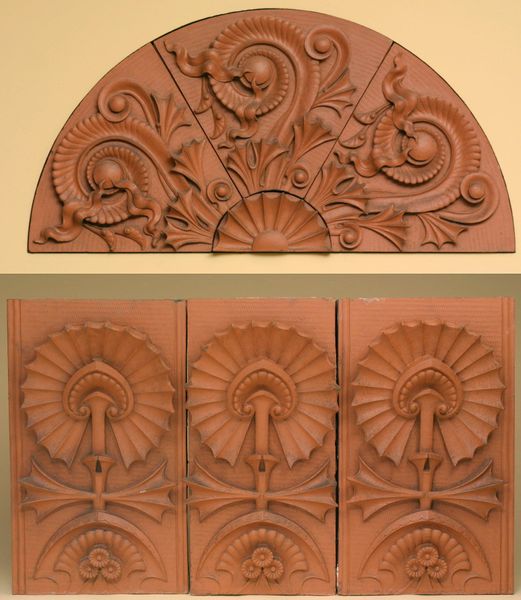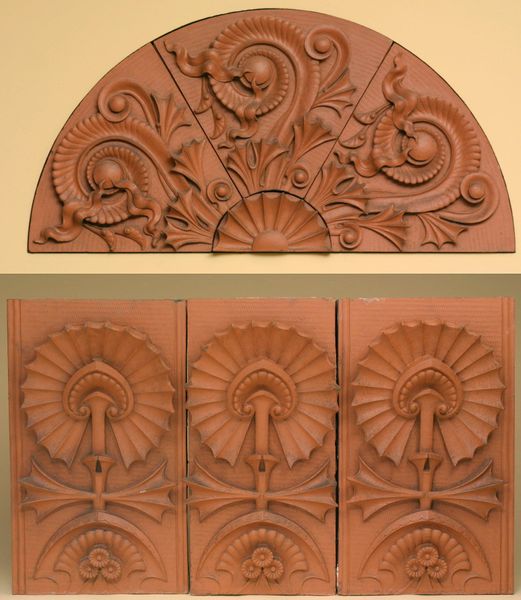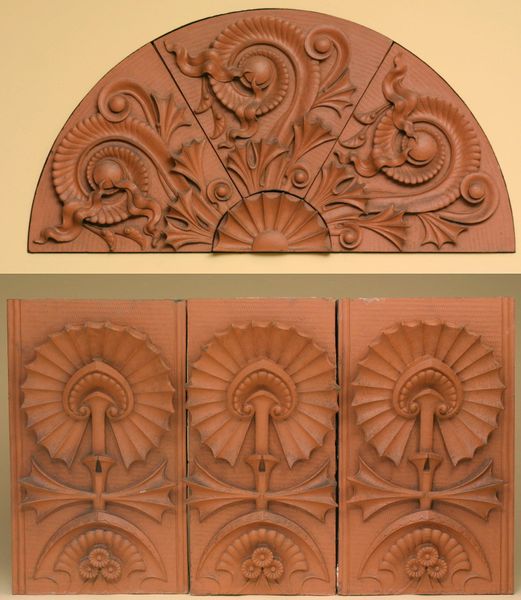
carving, sculpture, wood, architecture
#
carving
#
sculpture
#
landscape
#
geometric
#
sculpture
#
wood
#
architecture
Dimensions: height 81 cm, width 132.5 cm, thickness 4 cm
Copyright: Rijks Museum: Open Domain
This is Hendrick Lotsy's wooden "Two models of Fort Leyden". This relief map offers a look at 17th-century Leiden through a lens of military strategy, a time when the Dutch Republic was asserting its power on the world stage. These fortifications weren't just about defense; they were potent symbols of national identity and power. Forts like these were instrumental in shaping the social and political landscape. They dictated the flow of trade, influenced urban development, and reinforced a sense of collective identity. For those living in Leiden, the fort would have been a constant reminder of both protection and potential conflict. Lotsy's meticulous craftsmanship invites us to consider how power is constructed, both literally and figuratively. The model transforms the fort into an object of contemplation, prompting us to reflect on the legacies of conflict and resilience.
Comments
rijksmuseum over 2 years ago
⋮
During the second half of the 18th century, ever more plantations arose along the Commewijne River in Suriname. Fort Leyden was built at the mouth of the river to protect the new settlements from attacks from the water. These wooden models were sent from the Netherlands to Suriname as examples for the construction of the stronghold.
Join the conversation
Join millions of artists and users on Artera today and experience the ultimate creative platform.
